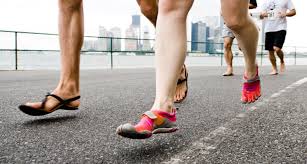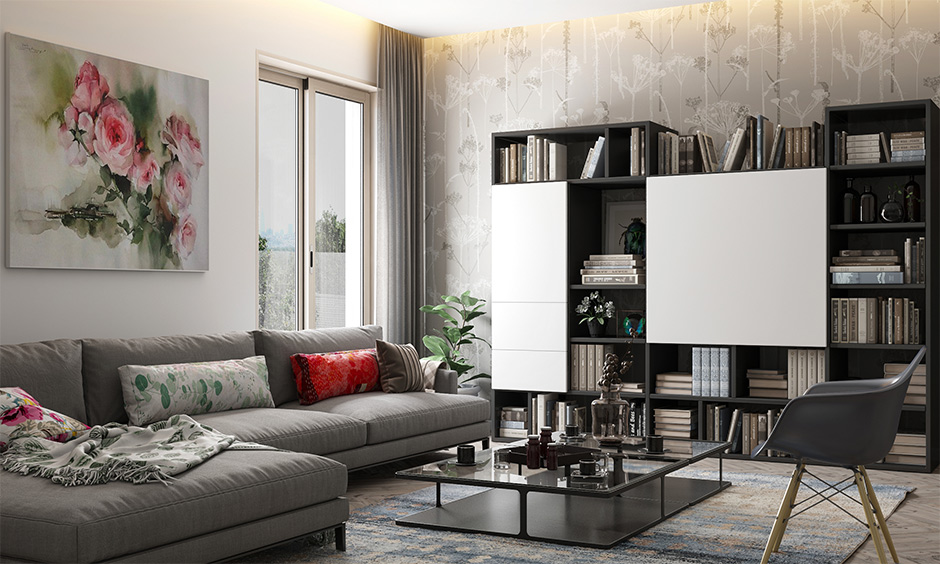barefoot shoes, also known as minimalist shoes, have gained significant popularity in recent years for their unique design and alleged health benefits. They aim to replicate the sensation of walking or running barefoot and also provide certain protection from elements. This comprehensive guide will explain all you must be aware of concerning barefoot shoes.
What Are Barefoot Shoes?
Barefoot shoes are designed to minimize interference with the natural movement of your feet. Unlike conventional footwear they feature a thin, flexible sole that allows for better sensory feedback from ground. The style typically has a wide toe box to allow for natural toe splay, no or little heel-to-toe drop and the flexibility to allow your foot to be able to move with ease. The goal is to promote an easier gait and the function of the foot.
Benefits of Barefoot Shoes
Improved Foot Strength and Flexibility: By mimicking the natural movement of walking barefoot, these shoes can help strengthen the muscles in your legs and feet. This increased strength can potentially result in better balance and stability.
Improved Sensory Feedback: The thin soles of barefoot shoes let you feel the ground more clearly. The increased sensory feedback could enhance proprioception (awareness of body posture) which aids in coordination and balance.
Natural Gait: Barefoot shoes support a midfoot or forefoot strike pattern, rather than the heel-first landing found in traditional shoes. This may reduce the risk of certain injuries associated with heel striking and promote an efficient running style.
Increased Comfort: Many users are able to find barefoot shoes to be more comfortable because of their flexibility and the wide toe box which accommodates natural toe spread.
Considerations and Potential Drawbacks
Transition Period: Moving to barefoot shoes from traditional footwear will require a gradual transition. The tendons and muscles in your legs and feet may require time to adjust to the new requirements. Starting with short periods of wear, gradually increasing could help avoid injuries caused by overuse.
Not Suitable for All Surfaces Although barefoot shoes offer great flexibility and feel on the ground however, they aren’t adequate protection on extremely rough or hazardous surfaces. It is crucial to select the appropriate shoe based on the environment you are in.
Varied Experience: The benefits of barefoot shoes will differ from person to person. Some people might notice significant gains in their comfort and performance but others might find them less beneficial or even uncomfortable.
Conclusion
Barefoot shoes offer a unique option for those looking to improve their natural movement and foot health. By offering a closer-to-barefoot experience, they can help improve the strength of your feet, enhanced sensory feedback, and a more natural gait. It is important to make the transition gradual and take into consideration your specific needs and environment. When you’re properly adjusted, barefoot shoes can be an important option to add in your footwear collection.



